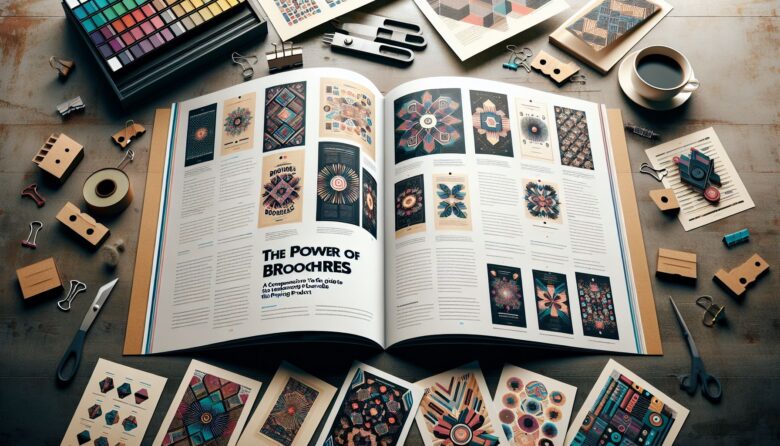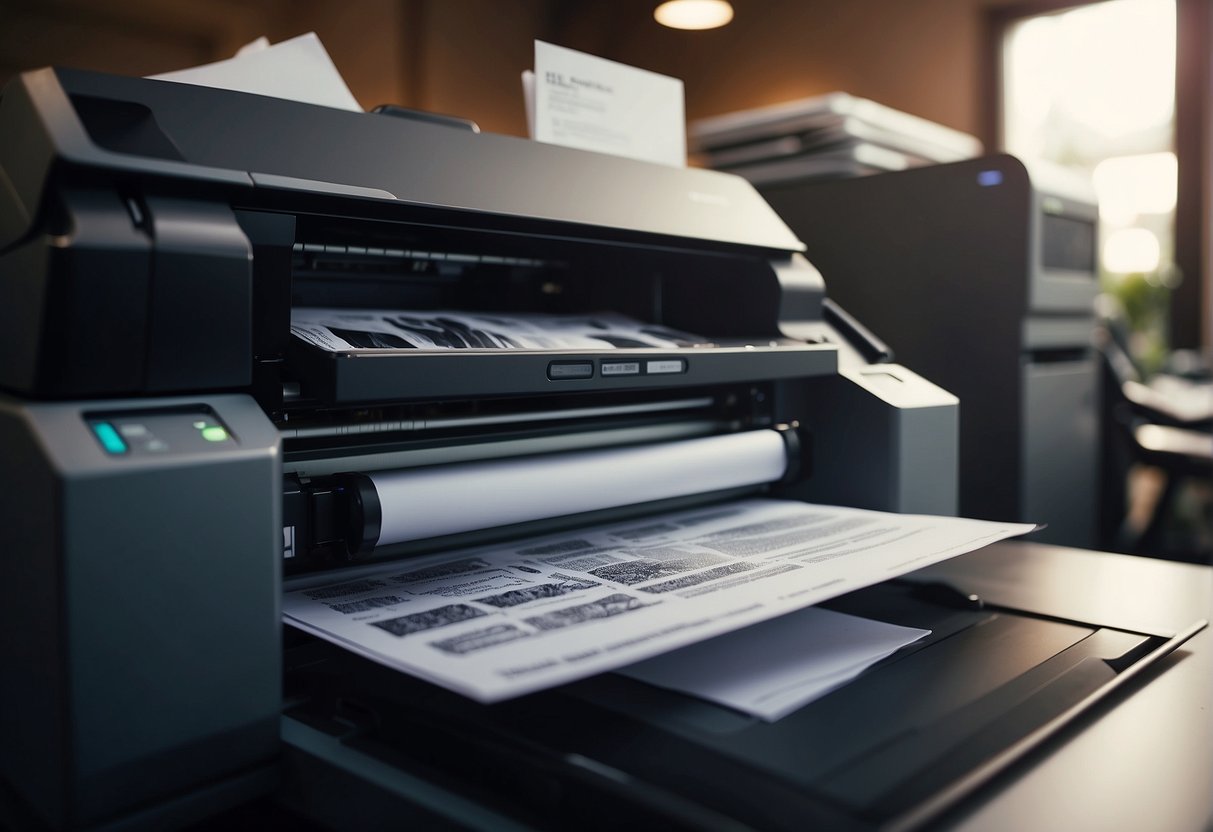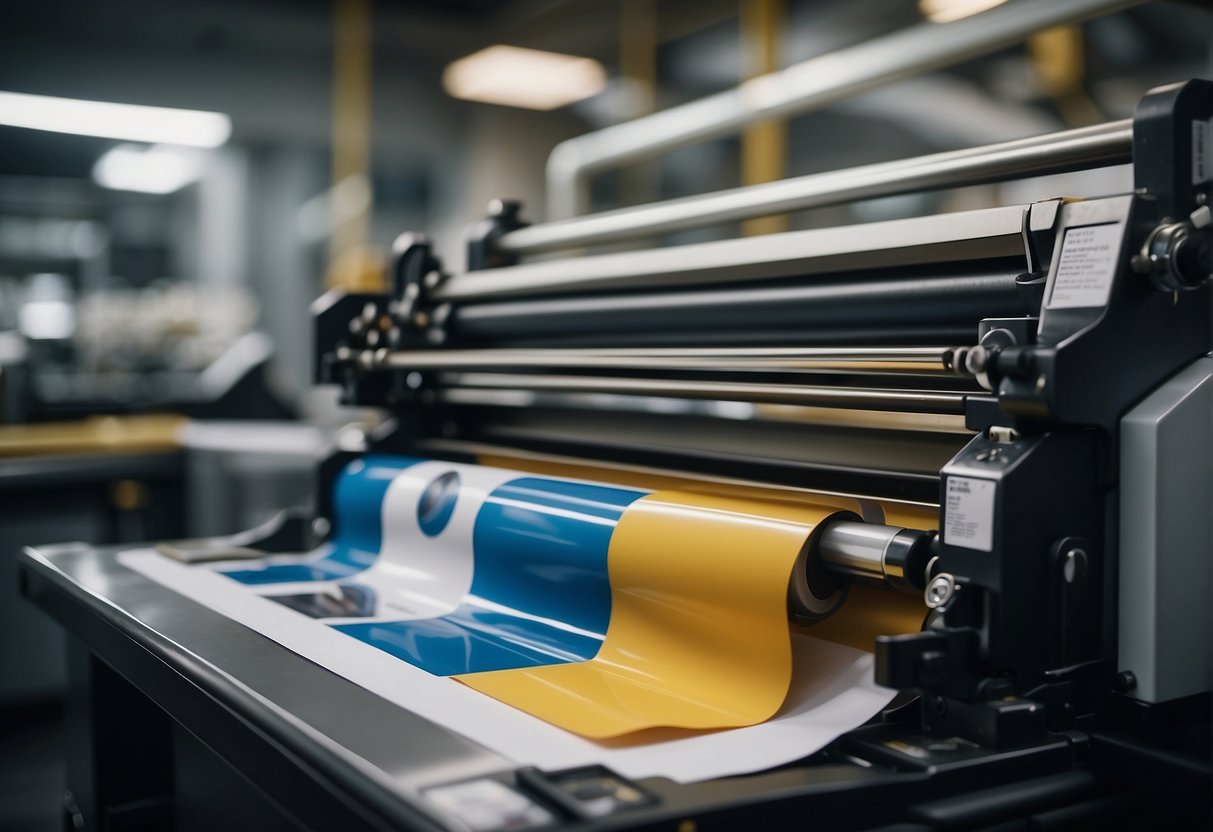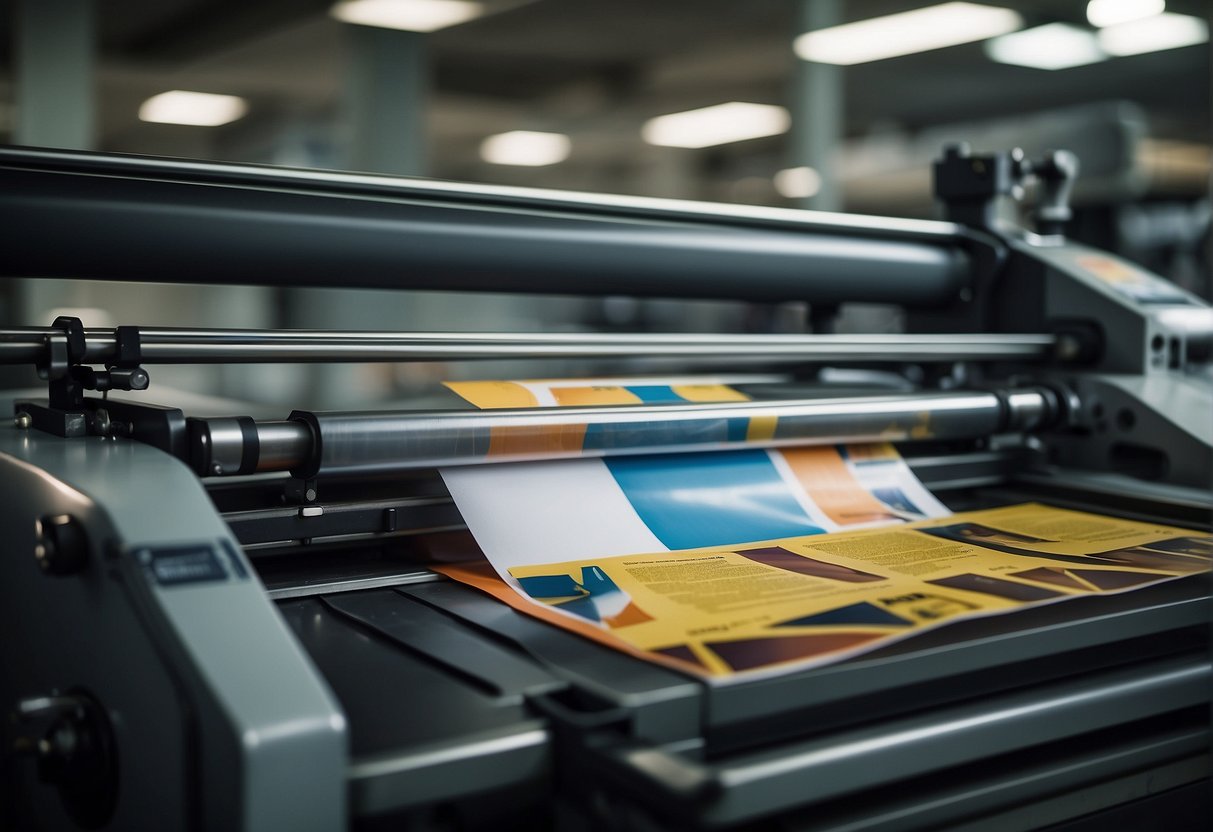In this digital age, it may seem like print materials are becoming obsolete in favor of online marketing strategies. However, one printing product that continues to hold its own in the business world is the humble brochure. Brochures are a versatile and powerful tool that can help businesses communicate their message effectively to their target audience. In this comprehensive guide, we will explore the various ways in which brochures can be leveraged to boost brand awareness, generate leads, and drive sales.
The Importance of Brochures in Marketing
Brochures play a crucial role in any marketing strategy as they serve as a tangible representation of a business’s brand. Unlike digital advertisements that can be easily scrolled past or ignored, brochures provide a physical presence that can captivate and engage customers in a way that digital content cannot. By placing a well-designed brochure in the hands of a potential customer, businesses can make a lasting impression and create a memorable brand experience.
Moreover, brochures are a cost-effective way to reach a wide audience. Distributing brochures at trade shows, networking events, or through direct mail campaigns can help businesses reach potential customers who may not have otherwise been exposed to their brand. Additionally, brochures can be easily shared amongst friends and family, allowing businesses to expand their reach organically.
Designing an Effective Brochure
When it comes to designing a brochure, there are several key elements to consider to ensure its effectiveness. Firstly, the design of the brochure should be visually appealing and consistent with the business’s branding. This includes using the brand’s colors, fonts, and imagery to create a cohesive look that will immediately resonate with customers.
Secondly, the content of the brochure should be clear, concise, and engaging. Businesses should clearly outline their products or services, highlight their unique selling points, and provide a compelling call-to-action that encourages recipients to take the next step. It’s important to remember that a brochure is not a sales pitch but rather a tool to inform and educate customers about the business.
Lastly, the distribution of the brochure is key to its success. Businesses should consider where their target audience is most likely to be and distribute their brochures accordingly. Whether it’s at a trade show, in a store, or through a direct mail campaign, businesses should ensure that their brochures are reaching the right people at the right time.
Leveraging Brochures for Business Success
Brochures can be used in a variety of ways to drive business success. One common use of brochures is to provide detailed information about a business’s products or services. By including product specifications, pricing information, and customer testimonials, businesses can educate customers and build credibility in the eyes of potential buyers.
Another way to leverage brochures is to showcase a business’s expertise and authority in their industry. By including informative content such as whitepapers, case studies, or blog posts, businesses can position themselves as thought leaders and attract customers who are seeking valuable insights and information.
Furthermore, brochures can be used as a tool to generate leads and drive sales. By including a coupon, discount code, or special offer in the brochure, businesses can entice customers to make a purchase or take a desired action. This not only helps drive immediate sales but also creates a sense of urgency that can lead to increased conversions.
Conclusion
In conclusion, brochures are a powerful and versatile tool that can help businesses communicate their message effectively to their target audience. Whether it’s to boost brand awareness, generate leads, or drive sales, brochures have the potential to make a significant impact on a business’s marketing efforts. By designing an effective brochure, distributing it strategically, and leveraging it in creative ways, businesses can unlock the full potential of this timeless printing product. So don’t underestimate the power of brochures in your marketing strategy – they just might be the secret weapon your business needs to succeed.












